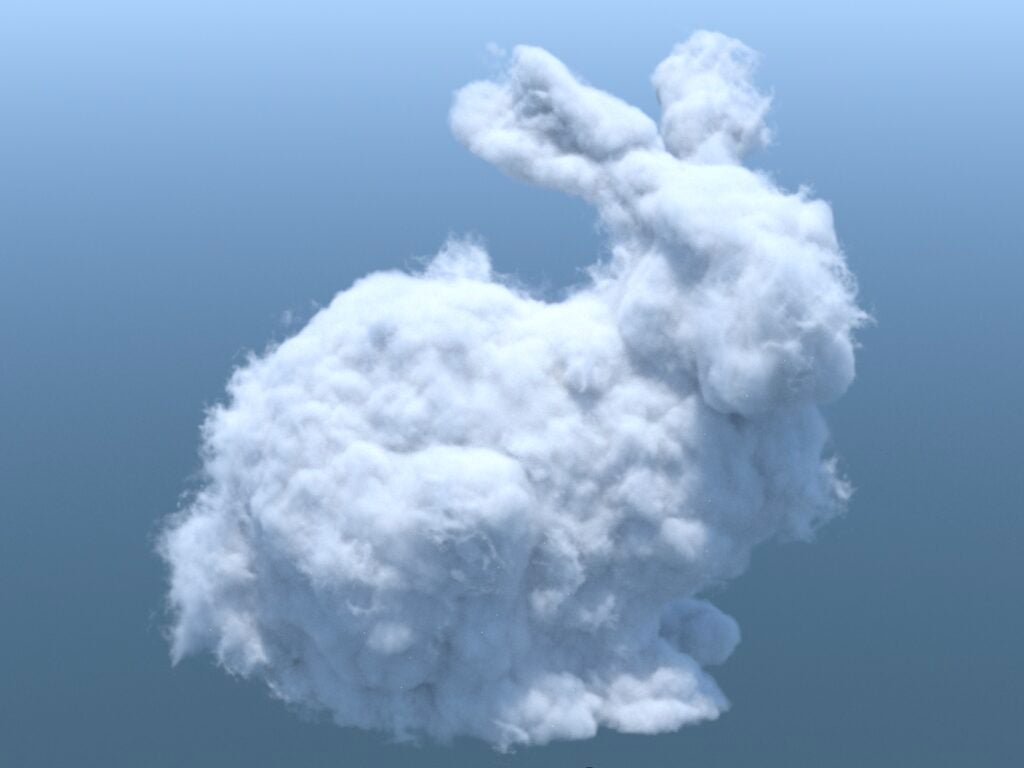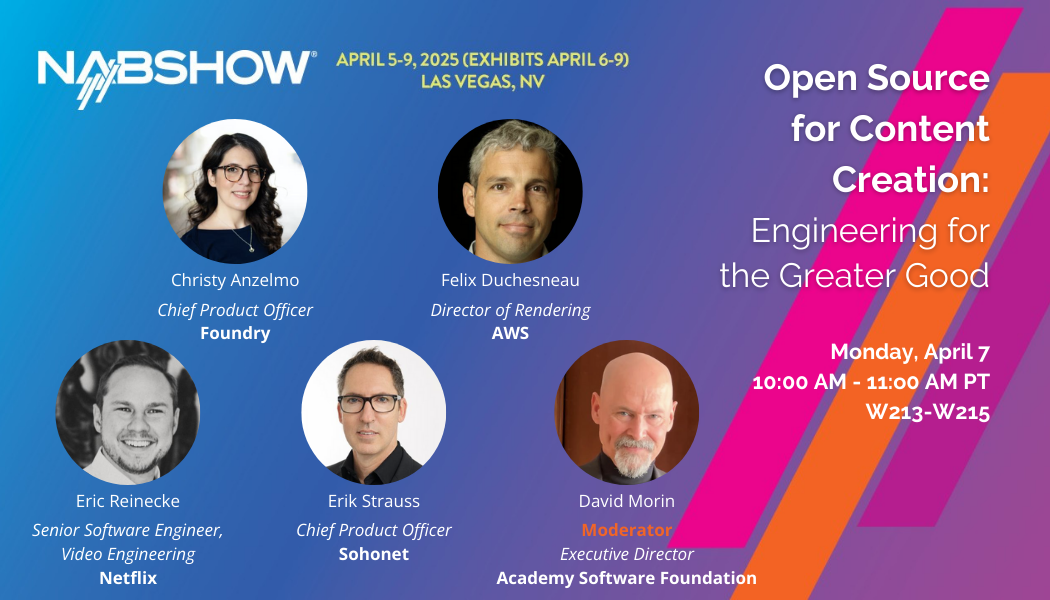
OpenVDB – the Academy Award-winning C++ library for efficient representation and simulation of volumetric effects like water, fire, smoke, and clouds – has officially released version 9.0.0! This significant release introduces notable updates including:
- The official release of NanoVDB, which for the first time offers GPU support for static sparse volumes in OpenVDB
- Faster downstream build times from support for explicit template instantiation, which is enabled by default for most of the tools
- Support for OpenEXR 3 and TBB 2021
- Added transient data to the RootNode, InternalNode, and LeafNode
The development of OpenVDB started in 2009 at DreamWorks Animation for use in volumetric applications typically encountered in feature film production. It was released to the open source community in 2012, and with the establishment of the Academy Software Foundation (ASWF) in 2018, it became the Foundation’s first hosted project. Support for OpenVDB version 9.0.0 is already shipping in major third party applications including SideFX’s Houdini, Autodesk’s Arnold, Blender, and NVIDIA’s Omniverse.
Ken Museth, one of OpenVDB’s original developers at DreamWorks Animation, continues to oversee its development at ASWF as Chair of its Technical Steering Committee (TSC). He is now a Senior Director in Simulation and Technology at NVIDIA, which was instrumental in contributing tens of thousands of lines of code to this update for the release of NanoVDB.
“It’s been incredibly rewarding to maintain OpenVDB through the Academy Software Foundation, as we’ve been able to bring other member companies into the fold to really enhance the level of development and support it gets over the long term,” said Museth. “The release of NanoVDB in this version is a huge improvement because now anyone can leverage OpenVDB on the GPU when doing real-time rendering or simulations.”
See the full release notes and technical documentation for additional information.



